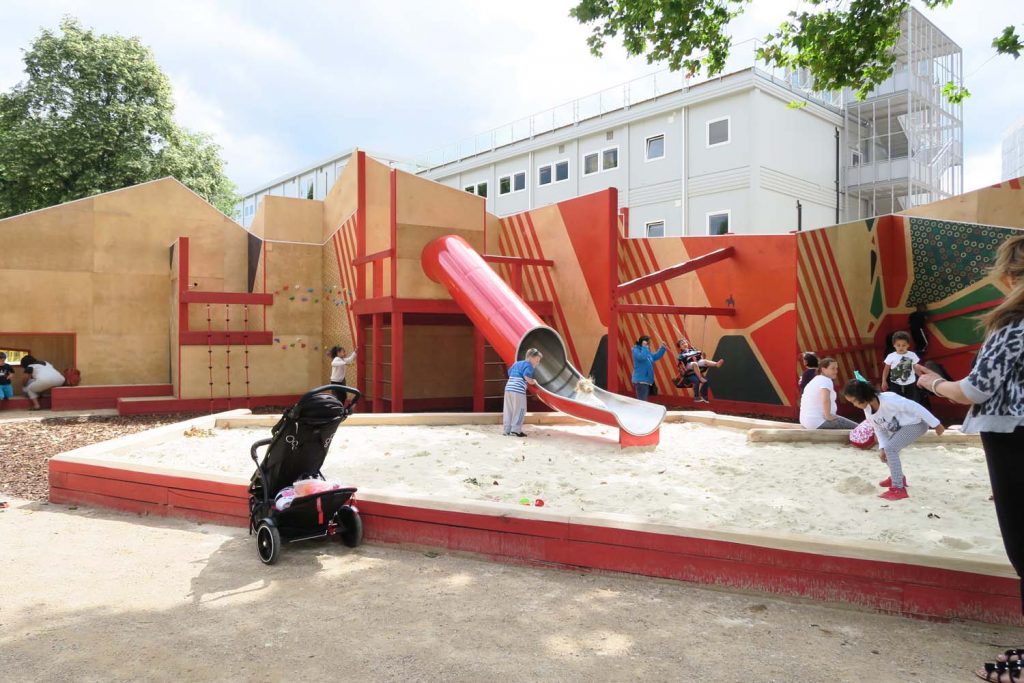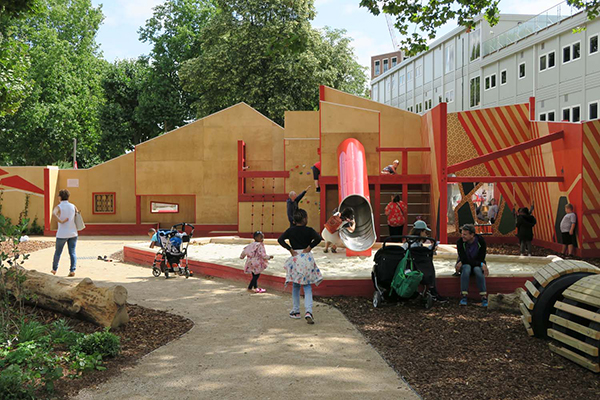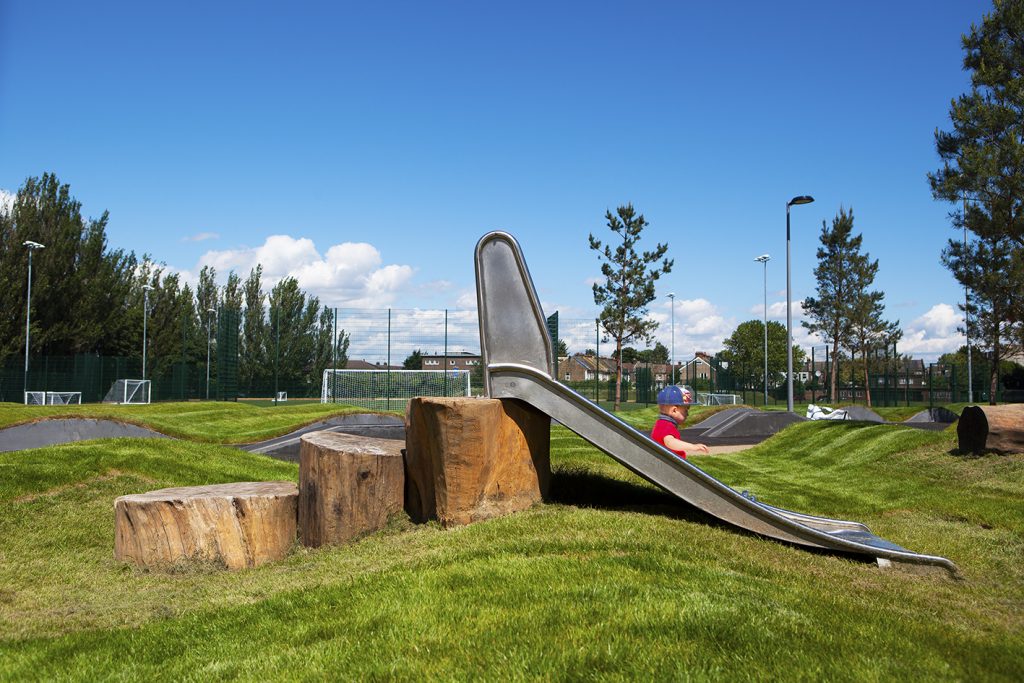Over recent decades, local authorities in the UK have been busy closing children’s play areas; in some cases selling off the land for commercial purposes. Schools and parks have been dispensing with playground equipment either to optimise space for classroom buildings or, in the case of parks, to save on maintenance costs.
But at what cost does all this come and how does it affect the nation’s children?

Effects on Health
According to research carried out by the Association of Play Industries, hundreds of playgrounds have been closed since 2014 in England and this is undoubtedly one of the factors contributing to the increase in child obesity. And with almost a third of children aged 2-15 officially obese or overweight, according to government statistics, outdoor play areas with dedicated playground equipment has never been more necessary to counter the decline in physical and mental health. Children who are cooped up indoors with no outlet for their energy are more likely to suffer from depression and feelings of isolation.
Why Children Need to Play
Play is essential for the healthy development of life skills. Through playing with others, children learn how to safely interact and communicate with others; they learn skills such as problem solving and social skills such as sharing and helping others. Outdoor play also allows children to learn about the environment and can give them a lifelong love for the outdoors. Crucially, being able to play outdoors especially where robust natural playground equipment is provided, allows children to use their natural and often exuberant energy constructively.
How Outdoor Playgrounds Benefit Children

Children love having the opportunity to run around and play games as much as possible in the fresh air with their friends. When playground equipment is incorporated into outdoor play areas the benefits increase massively. Physical fitness improves through active play and through the use of diverse pieces of playground equipment groups of children learn to work out routines amongst themselves whereby they can take turns on the equipment and even invent games. You will often see a sense of healthy competition creep in which encourages them to push themselves that bit further in a bid to improve their fitness levels, especially amongst older children.
Motor skills, balance and coordination all begin to improve the more children are allowed to play outdoors and by interacting with dedicated play equipment young children especially can develop their multi-sensory needs. As physical abilities and motor skills improve levels of confidence in their abilities and social skills usually improve too.

All of this contributes to a healthy dispersion of energy levels and a lowering of stress and over time improves a child’s ability to concentrate and apply themselves to whatever task is in hand. This means a boost in productivity and success in the classroom and in relationships with friends and family.
What Will Future Playgrounds Look Like?
Thankfully, the government, local authorities and schools are belatedly waking up to the damage done to our children by closing down playgrounds and are taking steps to remedy this by reinstalling play equipment where feasible. And with increasing concern for the environment the trend is towards more sustainable, durable and attractive natural playground equipment.

Many town halls are now designating cordoned-off areas and streets specifically for children to play in with, for instance tons of sand laid out as a city centre beach scene. In recent years even London’s Trafalgar Square was temporarily grassed over to create a family-friendly environment. Traffic is increasingly banned from urban streets to allow children to play and schools are turning to woodland play settings.
The new trend is to encourage creativity and independence among children to foster a healthier sense of wellbeing.


